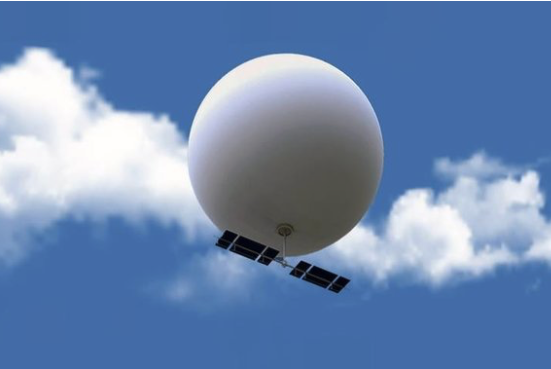Well, it looks like the federal government has decided it’s time to roll out facial recognition in a big way, and they’re doing it with Login.gov—your one-stop-shop for accessing everything from Social Security benefits to federal student aid.
After months of testing, the General Services Administration (GSA) is letting agencies across the country use Login.gov’s shiny new one-to-one face-matching tech, now certified to meet identity assurance level two (IAL2) standards set by the National Institute of Standards and Technology (NIST). But, don’t worry, it only took them a year and a half after a damning watchdog report exposed that GSA had been overstating its compliance claims. Better late than never, right?
The official line? GSA and its allies are touting this as a win for security and convenience. GSA Administrator Robin Carnahan claims that they’re just trying to make it “as easy and secure as possible” to verify identities while protecting against fraud. Sure, because what better way to win over the public than by adding yet another layer of surveillance into the mix? After all, everyone loves the idea of uploading a selfie to Uncle Sam, right?
Following a facial recognition pilot with the single sign-on platform, the GSA announced that the verification tech is now generally available. https://t.co/Equk7pTazl pic.twitter.com/cvDWy8btMl
— FedScoop (@fedscoop) October 11, 2024
The GSA swears up and down that they’ve learned from their past mistakes and that this time it’s all about providing multiple options. Sure, they’re offering in-person verification at post offices for those who might struggle with technology—or, you know, those who aren’t exactly thrilled about the idea of having their face scanned online. But let’s be honest: the real push is for this new IAL2-approved facial recognition option.
Naturally, not everyone is applauding this move. A group of Republican lawmakers, sensing the potential pitfalls of this tech, have been raising questions. In a letter to NIST, they asked for more details on how this technology works and whether it’s really as foolproof as the GSA claims. They’ve pointed out some of the obvious concerns—like accuracy, reliability, and security. After all, with a federal bureaucracy that’s not exactly known for handling data securely, what could possibly go wrong with millions of Americans’ selfies and IDs?
And let’s not forget that this tech isn’t as airtight as the GSA might like to suggest. Despite all the testing and assurances, we’re still looking at a system where one of the “best” solutions had a false rejection rate of around 10%. In other words, about one in ten people using the service might get turned away even when they’re legit. Sounds like just the kind of glitchy experience you’d want when trying to access your Social Security benefits, right?
Then there’s the issue of bias—because it wouldn’t be a federal rollout without a little controversy. GSA’s own tests showed that one of the solutions performed worse with Black users. They promised a “rigorous review” to address these issues before unleashing facial recognition on the public. But here we are, with GSA Director Hanna Kim claiming that their chosen algorithm has good test results and promising that they’ll keep “upholding our values of equity, privacy, and transparency.” Words that always seem to sound better on paper than in practice.
In the end, this move seems more like a rush to make up for lost time and paper over past mistakes than a carefully thought-out plan to actually serve the public. Sure, some people will appreciate the added “convenience” of biometric verification. But let’s not kid ourselves—there’s plenty of skepticism to go around. Between questions about data security, the effectiveness of the tech, and good old government transparency, Login.gov’s facial recognition rollout might end up being more of a headache than a high-tech solution.




